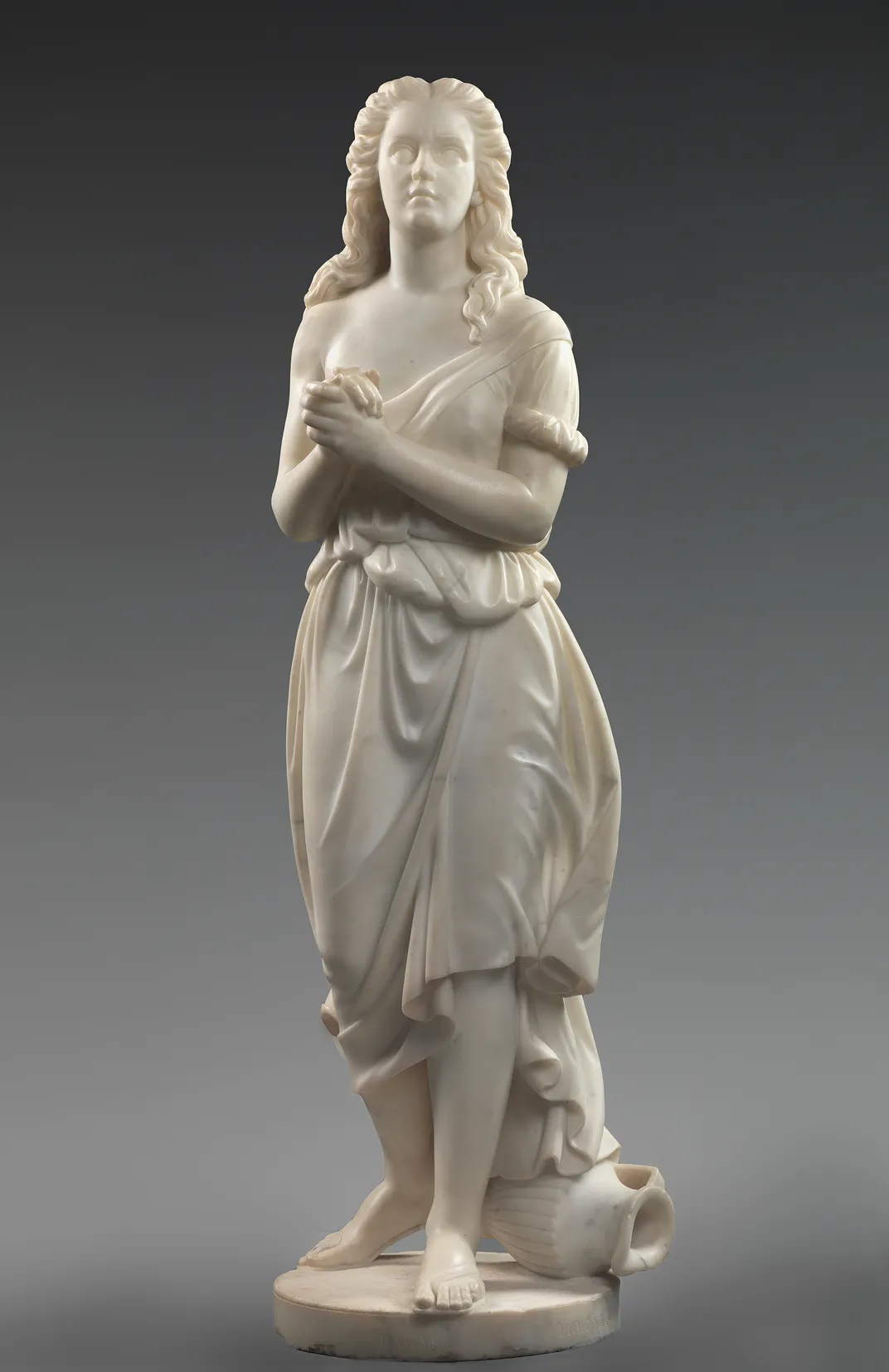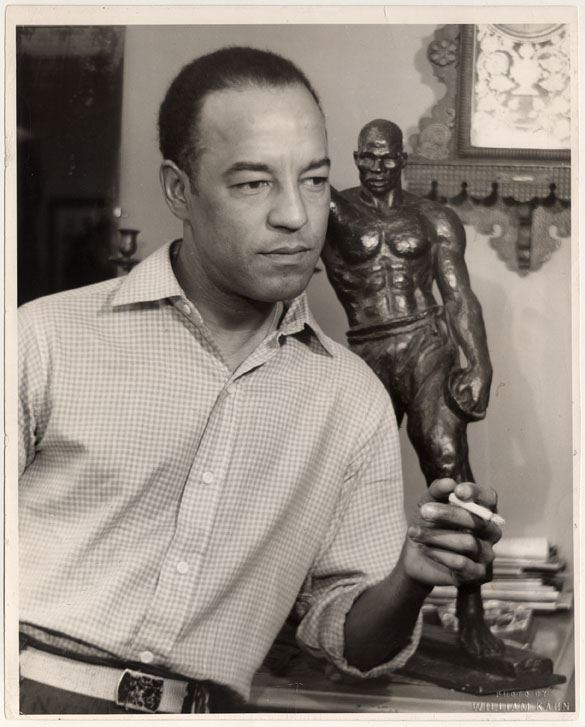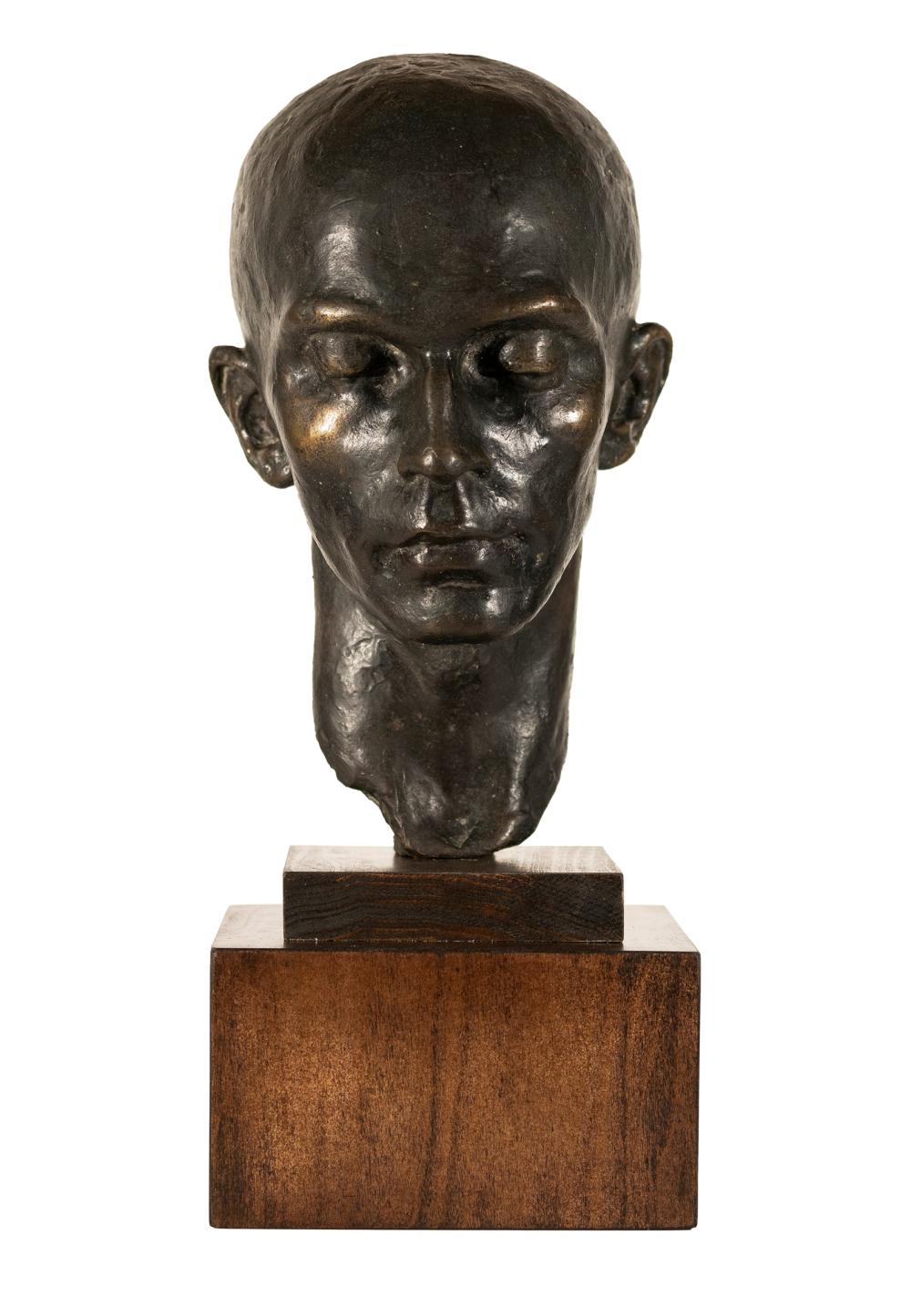Fallen Through The Cracks – Black Artists in History: Edmonia Lewis
Edmonia Lewis
#FallenThroughTheCracks – Edmonia Lewis was born a free woman circa July 4, 1844, in Upstate New York. She was an American sculptor, of mixed African American and Native American heritage. Lewis migrated to Boston in early 1864 to pursue her career as a sculptor. Her work was based in marble, focusing on incorporating themes relating to Black and Indigenous people of America in a Neoclassical-representation. One of her popular works, “Forever Free”, depicted a powerful image of a black man and woman emerging from the bonds of slavery.
She rose to prominence in the United States during the #CivilWar and was inspired by the lives of abolitionists and Civil War heroes. Lewis spent most of her adult career in #Rome, where Italy’s less pronounced racism allowed increased opportunities for black artists. “I was practically driven to Rome in order to obtain the opportunities for art culture, and to find a social atmosphere where I was not constantly reminded of my color. The land of liberty had no room for a colored sculptor.” she quoted.


As a black artist, she had to be conscious of her stylistic choices, as her largely white audience often misread her work as self-portraiture. In order to avoid this, her female figures typically possess European features. A major highlight in her career was participating in the 1876 Centennial Exposition in Philadelphia in which she created the 3,015-pound marble sculpture titled The Death of Cleopatra. Then in 1877, former U.S. President Ulysses S. Grant commissioned her to do his portrait. Edmonia Lewis died on September 17, 1907 in London, England.
(Text paraphrased from Wikipedia and other sources. All Images are the property of the copyright owners. This clip is for educational purposes.)


